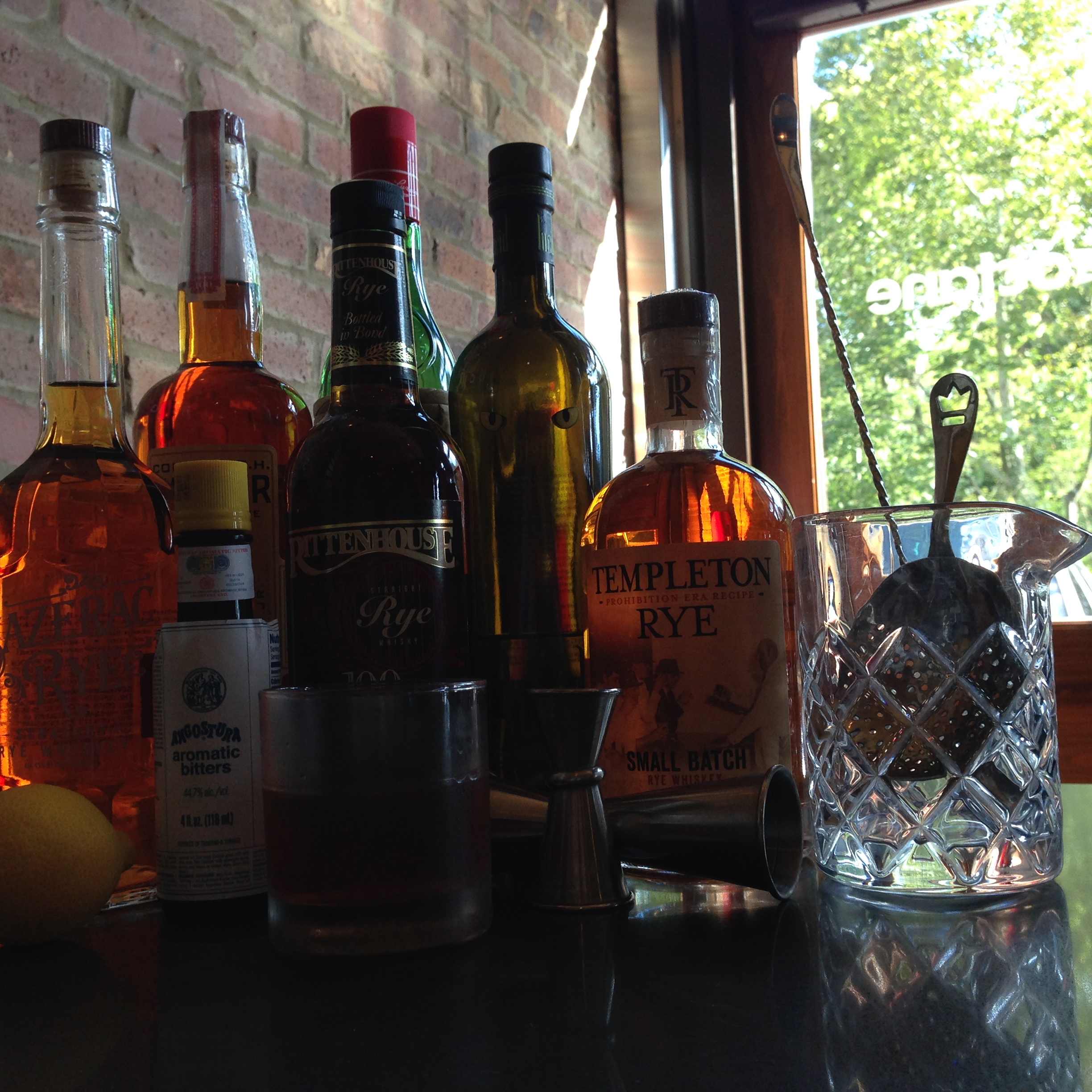 Before high fructose corn syrup was king, colleges had cocktails. Not the sugar-soaked-violently-neon-OMG-Spring-Break cocktails, but more sippable drinks that packed a wallop. During the early 1900s, the Harvard was one such cocktail. This cognac-based Manhattan variation has a rich, earthy and spicy from the brandy that's balanced by the warmth and sweetness of vermouth.
Before high fructose corn syrup was king, colleges had cocktails. Not the sugar-soaked-violently-neon-OMG-Spring-Break cocktails, but more sippable drinks that packed a wallop. During the early 1900s, the Harvard was one such cocktail. This cognac-based Manhattan variation has a rich, earthy and spicy from the brandy that's balanced by the warmth and sweetness of vermouth.
The Harvard first appeared in print in George Kappeler's 1895 Modern American Drinks. Like the Manhattan, the Harvard's original recipe calls for equal parts liquor and vermouth. After these ingredients are mixed, the Harvard's recipe diverges with a splash of soda water. In the original proportion, the brandy gets lost under the additional dilution.
Within the first 20 years of the 20th century, this cocktail was rebalanced to be more spirit-forward. This newer recipe has endured to present, and changes the ratio to two parts cognac to one part vermouth. Changing the ratio balances the liquor content with both the vermouth's sweetness and prevents over dilution, leading to a much more balanced drink.
Interestingly, Harvard variations including Chartreuse, citrus juice, maraschino liqueur and other sweeteners are occasionally mentioned in pre-Prohibition documents. That said, these Fancy (or Improved) Harvards have mostly been lost to history. Besides, this solidly balanced cocktail needs very little tweaking; it's lush and delicious in its original form.
Recipe 2-3 dashes Angostura bitters 1 oz sweet vermouth 2 oz brandy
Combine all ingredients in a mixing glass. Add ice and stir for 12-17 seconds or until well combine. Strain into a chilled cocktail glass and top with some club soda. Garnish with an orange peel if feeling citrusy.





